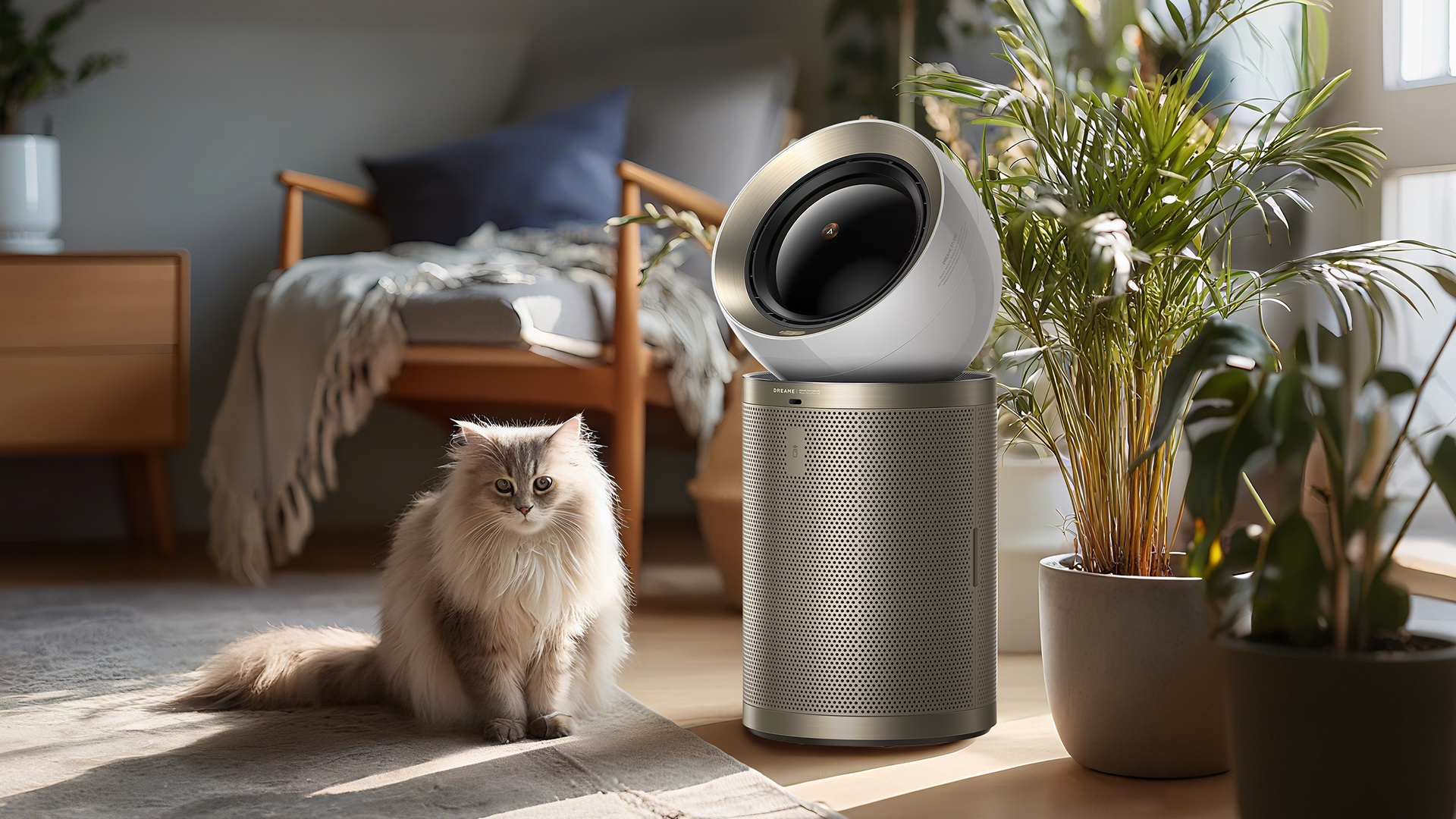Welcoming a pet into your home brings joy, companionship, and a sense of family. Whether it’s a playful puppy, a curious cat, or even a small rodent, pets enrich our lives but also introduce unique challenges to maintaining a clean, safe, and comfortable living space. Creating a pet-friendly home isn’t just about accommodating their needs—it’s about balancing their happiness with your lifestyle, ensuring everyone thrives under one roof.
According to animal welfare organizations, over 70% of households own pets, yet many struggle with issues like allergies, damage to furniture, or behavioral problems. By implementing thoughtful strategies, you can foster a harmonious environment that minimizes stress and maximizes enjoyment. This guide shares practical tips for designing a home that suits both humans and animals. From zoning spaces to health considerations, these ideas are suitable for new pet owners or long-time enthusiasts. Embrace these changes, and you’ll discover a deeper bond with your furry companions while keeping your home in top shape.
Designating Pet Zones
Start by carving out dedicated areas for your pets to call their own. This prevents them from claiming your entire home as territory. For dogs, set up a cozy corner with a bed, toys, and water bowl in a low-traffic room like the laundry area. Cats might prefer elevated perches or window hammocks for observation.
Use baby gates or pet doors to restrict access to certain rooms, protecting delicate items. In multi-pet households, provide separate feeding stations to avoid conflicts. These zones give pets security, reducing anxiety-related behaviors like chewing or scratching. Personalize with washable mats to catch messes, making cleanup effortless.
Choosing Durable Furnishings
Pets can be tough on interiors, so select materials that withstand wear. Opt for leather or microfiber sofas that resist claws and are easy to wipe clean. Hardwood or tile floors fare better than carpets, which trap fur and odors.
Invest in scratch-resistant posts for cats and chew-proof toys for dogs to redirect instincts. Cover furniture with removable, machine-washable throws for added protection. When shopping, prioritize stain-resistant fabrics and avoid light colors that show dirt quickly. Durable choices save money long-term and keep your home looking polished.
Managing Shedding and Cleanliness
Fur everywhere is a common pet owner complaint. Regular grooming—brushing daily for heavy shedders—cuts down on loose hair. Vacuum frequently with attachments designed for pet hair, focusing on upholstery and corners.
Lint rollers and rubber gloves work wonders for quick pickups. For deeper cleans, steam mops sanitize without harsh chemicals. Consider professional grooming services seasonally to manage undercoats. A tidy routine not only maintains aesthetics but also promotes pet health by reducing matted fur.
Addressing Allergies and Air Quality
Pet dander can trigger allergies, even in loving homes. Bathe pets weekly with gentle shampoos to minimize flakes. Keep bedrooms pet-free to create allergen-low zones for better sleep.
Improve ventilation by cracking windows, but for comprehensive control, an air purifier captures microscopic particles like dander and pollen. Research the best air purifier with HEPA technology for pet households, placing it near litter boxes or beds. Houseplants like areca palms also filter air naturally. These steps alleviate symptoms, allowing allergy sufferers to coexist comfortably.
Promoting Exercise and Enrichment
A stimulated pet is a well-behaved one. Incorporate interactive toys, puzzle feeders, and agility setups indoors for rainy days. Wall-mounted shelves for cats or tunnels for small animals encourage exploration.
Schedule daily walks or play sessions to burn energy, preventing destructive boredom. Rotate toys to keep interest high and introduce new scents or sounds for mental stimulation. Enrichment boosts physical health, strengthens bonds, and reduces issues like excessive barking or digging.
Ensuring Safety Measures
Pets are curious explorers, so safeguard against hazards. Secure trash bins with lids to prevent scavenging, and store toxic plants like lilies out of reach. Use cord covers for electrical wires and lock away cleaners in high cabinets.
Install window screens to avoid escapes and microchip your pet for peace of mind. For outdoor access, fence yards securely and check for poisonous weeds. Regular vet checkups catch health issues early, while training classes teach commands for safer interactions.
Handling Odors Effectively
Lingering smells can make homes less inviting. Neutralize with baking soda sprinkled on carpets before vacuuming. Enzymatic cleaners break down urine stains without residues.
Litter boxes should be scooped daily and placed in ventilated spots. Fabric fresheners with natural ingredients refresh furniture safely. Consistent habits keep scents at bay, ensuring a pleasant atmosphere for guests and family.
Integrating Pets into Family Routines
Involve everyone in pet care to build responsibility. Assign chores like feeding or walking to kids, teaching empathy. Family game time with fetch or hide-and-seek fosters unity.
Establish rules, like no begging at tables, for harmonious meals. Travel preparations, such as pet carriers, make outings stress-free. Routines create structure, helping pets feel secure and reducing separation anxiety.
Eco-Friendly Pet Choices
Sustainability extends to pet ownership. Choose biodegradable litter or recycled toys to cut waste. Opt for organic foods free from fillers, supporting ethical farming.
Reusable grooming tools over disposables minimize plastic use. These green decisions benefit the planet and often prove healthier for pets, aligning with a conscious lifestyle.
Building Emotional Bonds
Beyond practicalities, nurture connections through affection. Daily cuddles and positive reinforcement strengthen trust. Observe body language to address discomfort early.
Therapy animals highlight the emotional perks, from lowering blood pressure to easing loneliness. A loving home environment enhances well-being for all, turning pets into true family members.
Conclusion: A Home Filled with Wags and Purrs
Crafting a pet-friendly home requires effort, but the rewards—unconditional love and lively energy—are immeasurable. By zoning spaces, choosing smart materials, and prioritizing health, you’ll create a sanctuary where pets and people flourish. Begin with small tweaks, like adding a pet zone or grooming routine, and expand as needed. Your furry friends will thank you with endless loyalty, making every day brighter. Embrace this journey, and enjoy the harmony of a truly integrated household.






+ There are no comments
Add yours